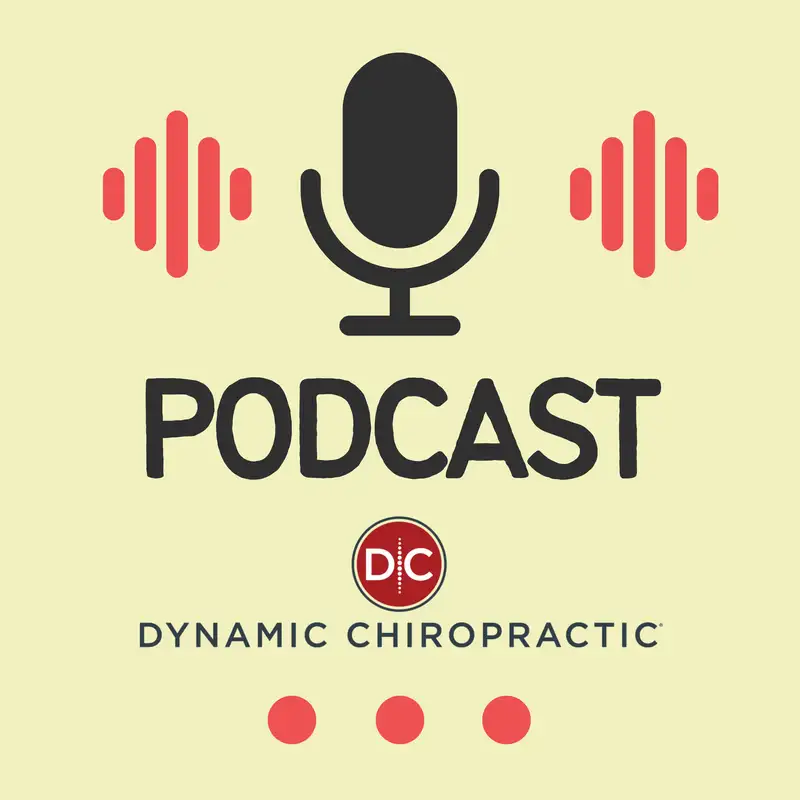Diagnosing Radiculopathies Through History & Observation
The article "Diagnosing Radiculopathies Through History & Observation" highlights a crucial challenge in chiropractic practice: while MRI is the gold standard for identifying radicular pathology, obtaining preauthorization is often difficult. Consequently, chiropractors must primarily rely on case history, observation, physical examination findings, and routine radiographs for initial diagnosis. The authors stress that despite common reliance, physical tests have marginal reliability, underscoring the need to increase dependence on detailed history and keen observation.
Key indicators for radiculopathy include extremity pain that is more severe than spinal pain, or even present without spinal pain. Observational clues are vital: patients may exhibit expressions of panic, struggle with instructions, be impatient, or "doctor-hop". Significant extremity pain throughout the night preventing sleep is another strong indicator. Patients often present as restless, continuously shifting positions. Upper-extremity radiculopathy may show specific antalgic postures like Bakody’s sign or holding the arm across the body. For lower-extremity radiculopathy, a lumbar list or shift is common. Diligent documentation of these observations is essential for any subsequent preauthorization attempts.
Key indicators for radiculopathy include extremity pain that is more severe than spinal pain, or even present without spinal pain. Observational clues are vital: patients may exhibit expressions of panic, struggle with instructions, be impatient, or "doctor-hop". Significant extremity pain throughout the night preventing sleep is another strong indicator. Patients often present as restless, continuously shifting positions. Upper-extremity radiculopathy may show specific antalgic postures like Bakody’s sign or holding the arm across the body. For lower-extremity radiculopathy, a lumbar list or shift is common. Diligent documentation of these observations is essential for any subsequent preauthorization attempts.

